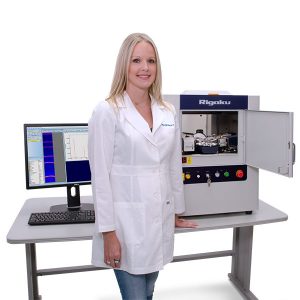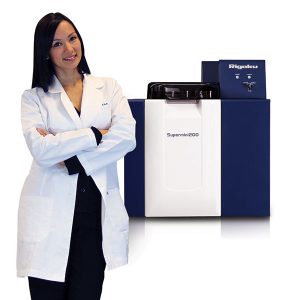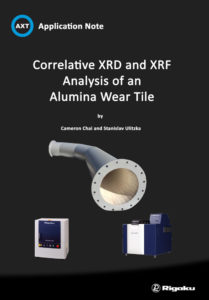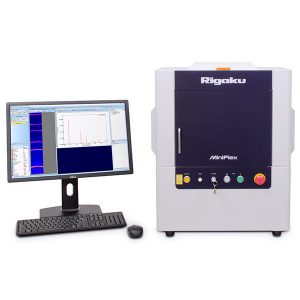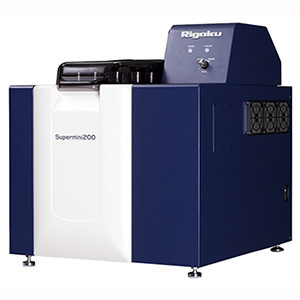Correlative XRD and XRF Analysis of an Alumina Wear Tile
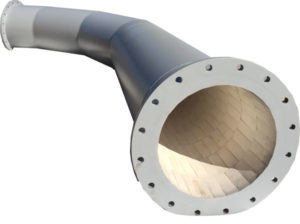 There are many applications where wear is a major problem such as in mineral processing, mining, coal and materials handling. In many of these applications hard metals and alloys including tool steels and tungsten carbides have been traditionally used but are not up to the task. As more advanced materials have come to the fore, engineering ceramics such as alumina (Al2O3) have demonstrated their ability to extend the life of wear surfaces, improve component life, reduce downtime and increase productivity.
There are many applications where wear is a major problem such as in mineral processing, mining, coal and materials handling. In many of these applications hard metals and alloys including tool steels and tungsten carbides have been traditionally used but are not up to the task. As more advanced materials have come to the fore, engineering ceramics such as alumina (Al2O3) have demonstrated their ability to extend the life of wear surfaces, improve component life, reduce downtime and increase productivity.
Alumina is a very hard and wear resistant ceramic material as well as being chemically inert, electrically insulating and able to work at high temperatures. High purity, fully dense components with a uniform fine-grained microstructure take full advantage of aluminas beneficial properties. However, high purity raw materials can be expensive and require higher sintering temperatures. Hence, lower purity options are available. While they can offer a more economical alternative, there will be a compromise in performance.
Ceramic manufacturers are now able to produce tiles, components and even monolithic parts that are designed to operate in highly abrasive environments. Using processes such as isostatic pressing, they are able to achieve high density components that will provide excellent wear resistance.
In this application note, we examine a 92% alumina wear tile using X-ray diffraction (XRD) and X-ray fluorescence (XRF). We compare and contrast the results and show how these two analytical techniques can complement each other.
X-Ray Fluorescence (XRF)
XRF is a commonly employed analytical technique for the determination of chemical composition of solids, liquids, powders and coatings. As such, it is often used in the analysis of cement, oil, plastics, food, geological samples etc.
It is suitable for the detection of elements heavier than beryllium in most cases and has a detection limit of the order of parts per million. However, this is influenced by the particular element being measured and the quality of sample preparation.
X-Ray Diffraction (XRD)
XRD is a staple tool for phase identification in geology and materials science. It is commonly used to determine the modal composition of crystalline materials. In conjunction with databases such as the ICDD (International Centre for Diffraction Data) XRD can be a powerful tool for determining the composition of unknown materials.
For XRD analysis the sample is analysed in air with no complex and time-consuming sample preparation procedures. Modern advances in XRD instrumentation and software require only a few keystrokes and few minutes of measurement to generate a complete analysis.
To this end, the benchtop Rigaku Miniflex XRD instrument is an ideal solution offering good throughput, a comprehensive hardware/software package, compact size at an affordable price and ease of use making it ideal for operators of any experience level.
Download
Download the full Application Note for the experimental procedure and results.

